|
|
Post by bob on Oct 12, 2009 23:33:18 GMT -5
    First on is the owl (see right) , the most aerobatic of the birds in the show. Your host will explain all about how the birds live in the wild and the low chances of an owl of this type every becoming an adult. He then lets the bird fly away to a nearby tree where it observes the crowds with disdain. If you are lucky you may well see one of the local sparrow hawks attempt to attack the owl as it flies to and from the tree. Don't be concerned though, the owl is much larger than its attacker! The owl at the Birds of Prey show
Bald Eagle Next to make an appearance is the Bald Eagle (left and right), a magnificent bird of prey. Less aerobatic than the owl, the Bald Eagle swoops off the handlers heavily gloved hand only inches (literally) above your head. The crowd ducks, and with good reason when you see the size of those claws in close up. The Bald Eagle is the national symbol of the United States and it is indeed as spectacular bird of prey. It is followed the vulture which is so lazy that it waddles around the arena following the trainer rather than flying! Steller's Sea Eagle Finally the star of the show appears, Steller's Sea Eagle, with a whopping wing span of up to 240cm (8ft). These are the largest eagles in the world and the look spectacular with a bright yellow beak. This is the least aerobatic of the birds and may also be attacked by the local Sparrow Hawks, but this bird occasionally fights back. You are warned by the handler to duck if it swoops above your head, so keep your eyes on it all the time! |
|
|
|
Post by bob on Oct 13, 2009 0:17:56 GMT -5
|
|
|
|
Post by bob on Oct 13, 2009 0:39:38 GMT -5
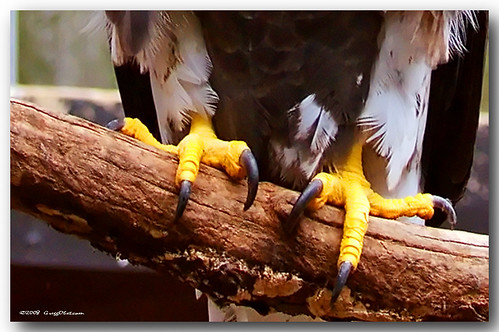 WHITE-BELLIED SEA EAGLES, these r considered large eagle, after the top ten biggest eagles, in the league of african fish eagles etc |
|
|
|
Post by bob on Oct 13, 2009 1:05:44 GMT -5
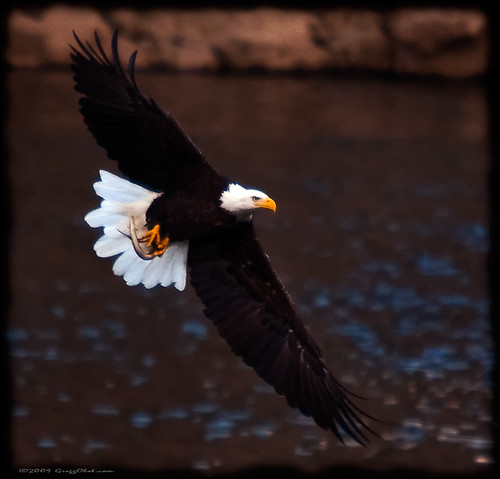 Majestic Eagle |
|
|
|
Post by bob on Oct 14, 2009 3:27:22 GMT -5
|
|
|
|
Post by bob on Oct 17, 2009 23:10:47 GMT -5
 golden eagle with sub-adult bald eagle...notice the smaller head and beak of the golden  bald and golden eagle 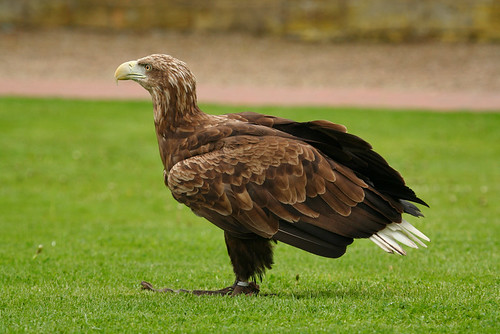 white-tailed sea eagle The channel islands fox is one of America’s most photogenic creatures—and one of its most endangered. The tiny fox is North America’s smallest wild canid, with adults weighing a mere four pounds, and for thousands of years it had the run of six of the eight Channel Islands, which lie 12 to 70 miles off the Southern California coast. The foxes have “not a foe to prey upon them,” a biologist wrote on a 1920s Channel Islands expedition. “Casualties are rare and they must live out their natural lives unmolested.” As recently as 1994, scientists estimated that more than 1,500 foxes lived on Santa Cruz Island, the biggest in the chain. Today, however, only about 80 remain in the wild there. On San Miguel and Santa Rosa islands the fox is considered extinct in the wild. It was placed on the federal endangered species list this past March. The animal’s astonishing decline testifies to the fragility of ecosystems, as does the intense effort under way to reestablish the animal in its native habitat. Island mammals, because they’re cut off from other environments, are particularly sensitive to disruptions in the balance of predators and prey, and it was a series of seemingly unrelated events on the northern Channel Islands that cascaded—with almost no warning—to the present crisis. “If you had asked me back in the 1980s if island foxes would be listed as an endangered species today, I would have said you’re crazy because there’s nothing out there that threatens their extinction,” says Paul Collins, a curator of vertebrate zoology at the Santa Barbara Museum of Natural History. “Obviously, things have changed dramatically.” At first, the population plunge baffled scientists, who thought the animals were dying from disease. But a discovery made in 1994 by Gary Roemer, then a graduate student at the University of California at Los Angeles who was conducting field research on Santa Cruz Island, provided the definitive clue. Examining a fox corpse, he noticed wounds that could have been made only by a golden eagle.Roemer initially assumed that the killing of the fox was an aberration. But soon, he says, evidence to the contrary was unmistakable: “ Ninety percent of fox carcasses I found were victims of golden eagle predation.” And the problem was getting worse. The fox’s numbers would fall 95 percent in just five years. On Santa Rosa Island, for instance, the population went from more than 1,500 foxes in 1994 to 14 in 2000. By then, scientists and conservationists had already begun to capture the few remaining foxes on the northern Channel Islands and started breeding them in captivity. Golden eagles had colonized the area in the early 1990s, drawn partly by easy prey—especially baby feral pigs, which have flourished on the islands since ranchers introduced them in the 1850s. The birds have wreaked the heaviest toll on foxes on the northern islands of Santa Rosa, Santa Cruz and San Miguel. (On populated Catalina, canine distemper from domestic dogs has killed many of the foxes. The fox is holding its own on San Nicolas and San Clemente islands.) Still, there was more to the golden eagles’ arrival than an abundance of pork. The birds had long been kept away by bald eagles, which are highly territorial. The balds, once the islands’ top predators, ignored the foxes, subsisting mainly on fish, seal carcasses and fish-eating predators like sea gulls.But the bald eagle began to disappear in the 1950s, the victim of another unintended consequence. From 1947 to 1971, the Montrose Chemical Corporation—at the time the world’s largest manufacturer of DDT—dumped pesticidelaced wastewater into the Los Angeles sewer system, which empties into the ocean. The dumping left tons of DDT-contaminated sediment on the ocean floor near the Channel Islands, and the chemical moved up through the food chain. Small quantities of DDE, a breakdown product of DDT, accumulated in fish and fish-eating birds and mammals, and were then concentrated in the bodies of top predators such as eagles and pelicans. DDE, scientists say, makes eggshells so thin and porous that they break during incubation or causes the eggs to dry out and fail to hatch. By 1960, bald eagles had vanished from the islands. Though DDT was banned in 1972 and bald eagle populations across the United States have slowly begun to recover, massive amounts of pesticide-contaminated sediment off the California coast near Los Angeles have kept the birds from flourishing in the Channel Islands on their own. About three dozen bald eagles are known to nest in the islands, but some biologists speculate that it may be generations before bald eagle eggs there are healthy enough to hatch unaided. That’s partly because DDE is slow to break down. “[DDE] is going to be there for a long time,” Collins says; it could be a problem for another century. The bald eagles’ disappearance, scientists speculate, left an opening for the golden eagles. Scientists aren’t sure why goldens took so long to colonize the islands, but by the mid-1990s the birds had become a nightmare for the little foxes.The eagles eat almost anything. Analyses of their nests have shown that the islands have served as a buffet for golden eagles. “We found remains of everything from meadowlarks to mule deer fawns,” Roemer says. “It doesn’t take much to change the overall way in which an ecosystem is structured,” Collins says. One approach to reestablishing the island fox on the northern Channel Islands is to remove the golden eagles and their primary food source, the feral piglets. In 1999, biologists started laboriously capturing and relocating the birds using nets and piglets as bait. The eagles proved a formidable adversary, often passing up free meals if they suspected a trap. “If these golden eagles see you a mile and a half away, they’ll fly away over the nearest ridge and they are gone,” says Brian Latta, lead field biologist with the Predatory Bird Research Group at the University of California at Santa Cruz. “You will not find them sitting on a post or a perch watching you. They are incredibly smart.” It took five years to capture 37 eagles and release them east of California’s Sierra Nevada; from there, some have flown as far away as Idaho and Oregon. So far, the eagles banished from the islands have stayed away. “At release sites in Northern California there are plenty of ground squirrels” for the transplanted golden eagles, says Tim Coonan, a wildlife biologist with the National Park Service. It’s as if, Coonan adds, the relocated eagles “have gone to heaven.” |
|
|
|
Post by Haribon on Sept 17, 2012 21:09:40 GMT -5
|
|
|
|
Post by lena01 on Sept 6, 2017 9:17:34 GMT -5
Eagle is a common name for many large birds of prey of the family Accipitridae; it belongs to several groups of genera that are not necessarily closely related to each other. Most of the 60 species of eagles are from Eurasia and Africa.
|
|
|
|
Post by Valeria Blandowski on Aug 13, 2019 12:07:58 GMT -5
Seems like years since people have carried physical cash in their wallets. Debit & credit cards changed everything. Now there’s a new change - digital money. Cryptocurrency, bitcoin, ethereum, ripple … whatever you call it, digital currency is here to stay. And growing so fast that in some cases these coins are worth more than gold. TRADING it has become extremely lucrative for those that know what they’re doing. Want to cash in on the hottest financial market on the planet? >> Check this out NOW! bit.ly/cryptsuiteWorld’s 1st ever software to completely automate the process of buying, selling & trading cryptocurrency for profit. Built on the methods of the most successful crypto investors in the world. COMPLETE, step-by-step training & support. Dedicated VIP FB group. Join a community of fellow crypto traders and learn from the best in the game. You can start for as little as a few bucks per day … then use your profits to really scale up. Get results … or DOUBLE your money back. >> Full details & demo here: bit.ly/cryptsuiteTo your success! |
|
|
|
Post by Jerri Armit on Oct 16, 2019 14:21:40 GMT -5
Hello -- today I want to give you a tip about becoming an overnight success. What makes a brand an overnight success? Virality. You can absolutely crush your competition and reach to the top overnight, just by GOING VIRAL. How can you go vial? Here is a small step by step guide: Step #1: Create a high quality entertaining or emotional video. Step #2: Upload it on all social channels and amplify the distribution using ads. Step #3: Reach out to the influencers and ask them to share your video. As you can see, It’s not very hard to go viral. Last 2 steps are really easy. But most people never finish step#1 correctly because of which step 2 and 3 don’t work. Your video must be high quality + emotional/entertaining. It takes a lot of time to create these high-quality videos. But now you can do it in less time. Using StockNation you can get all the stock videos that are needed to create a high-quality VIRAL Video. This will save you hours of time that you would have normally wasted in finding all the high-quality Stock videos and Images—that are now available to you in just a click of a button. Here is How it works: Sign up for StockNation > Search your niche related keyword > Choose from literally thousands of hand picked videos >> bit.ly/stocknat << But there is a catch—This exclusive discounted price offer will end within 4 days, so Sign Up Today. And for a Very Limited Time, you are also getting a Brand New Cloud Based Video Editor included with StockNation... >> bit.ly/stocknat << To your success, Chris PS- Go Viral Now. Signup for StockNation and get a whole search engine of thousands of HD stock videos that are important to create VIRAL CONTENT. >> bit.ly/stocknat << |
|
|
|
Post by Elliott on Jan 3, 2021 14:45:00 GMT -5
gookerdoughboy777 gookerdoughboy777.blogspot.comIt's wonderful that you are getting ideas from this paragraph as well as from our dialogue made at this place. |
|
|
|
Post by Beth Wilhoite on Sept 19, 2024 11:37:20 GMT -5
Hi, Looking for cost-effective ways to advertise? Rhodium Verse has premium slots available, but not for long! Check out our packages: rhodiumverse.com/advertise/. I will be happy to get you started fast. You can reach me directly here - support@rhodiumverse.com If you'd prefer not to receive future messages, please let us know by replying to this message and saying Opt Out. proboards.com |
|





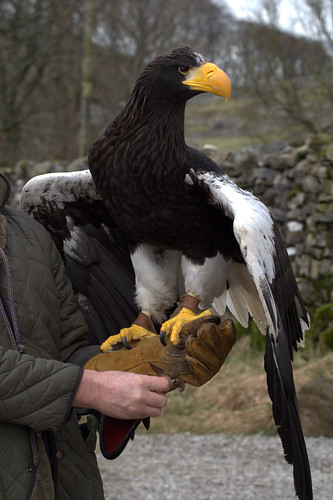
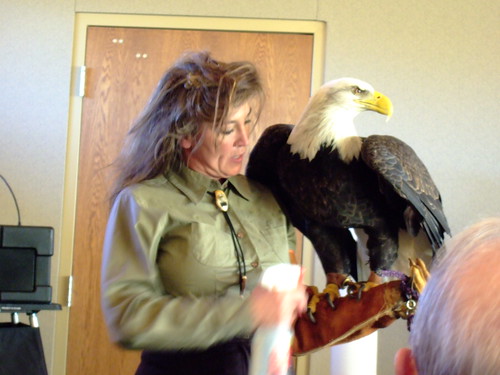




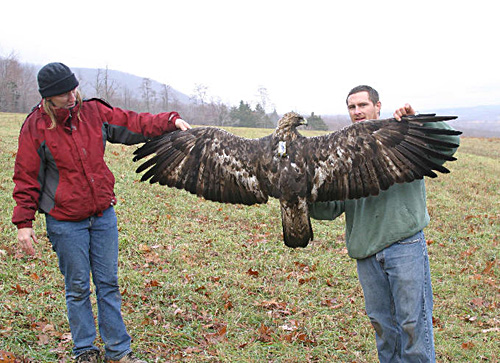
.jpg)









